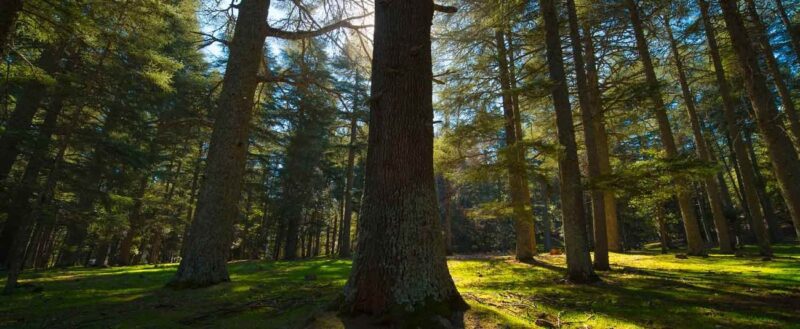Nestled about twenty kilometers northeast of Rabat, extending from the vast Maâmoura forest, the Sala Al Jadida forest has regained, thanks to the recent rains, a lush greenery. This natural setting of 340 hectares attracts families, sports enthusiasts, and nature lovers seeking calm and freshness every day. However, behind this bucolic backdrop lies a concerning imbalance.
A natural space threatened by human pressure
The growing popularity of this urban forest is not without consequences. While it serves as a precious refuge for local residents, it is under intense pressure, exacerbated by the effects of climate change: decreased rainfall, rising temperatures, and prolonged drought episodes. This dual threat—climatic and anthropogenic—weakens the ecosystem.
The incivilities of some visitors worsen the situation. Abandoned waste, chaotic parking within the forest itself, trampling of the ground: the damage is visible and alarming. For Brahim Aboulabbas, president of the Moroccan Association for Ecotourism and Nature Protection, “it is the nature lovers themselves who harm this fragile environment the most.” He emphasizes that under current climatic conditions, the natural regeneration of trees becomes a real challenge.
A growing awareness
In the face of urgency, concrete measures have been initiated. In February, the National Agency for Water and Forests (ANEF) launched a management program aimed at restoring and securing the forest. This strategy revolves around three objectives: preserving the ecosystem, enhancing visitor safety, and improving infrastructure management.
With a budget of 15 million dirhams, this project is co-financed by the ANEF and the Rabat-Salé-Kénitra Regional Council as part of the Regional Development Program (PDR) 2022-2027. It is also supported by the “Climate – Support for Nationally Determined Contributions” program, funded by the World Bank, which aims to develop 11 urban and peri-urban forests across the country by 2027.
An essential collective commitment
While these institutional efforts are commendable, they will not be sufficient without citizen mobilization. The future of the forest primarily depends on the responsibility of its users. As Ahmed, a regular visitor, reminds us, “the litter left after picnics harms the beauty of the site and the experience of other visitors.”
Preserving this green lung therefore requires a change in behavior. Awareness, environmental education, and respect for visitation rules are all levers to be activated to sustainably integrate this space into a conservation logic.
The Sala Al Jadida forest, like many other peri-urban natural spaces, is a common good. Its balance relies on a shared ecology, where every action counts. The recent rains have revitalized its landscape, but only constant vigilance will ensure the preservation of this natural heritage for future generations.
With MAP Ecology


